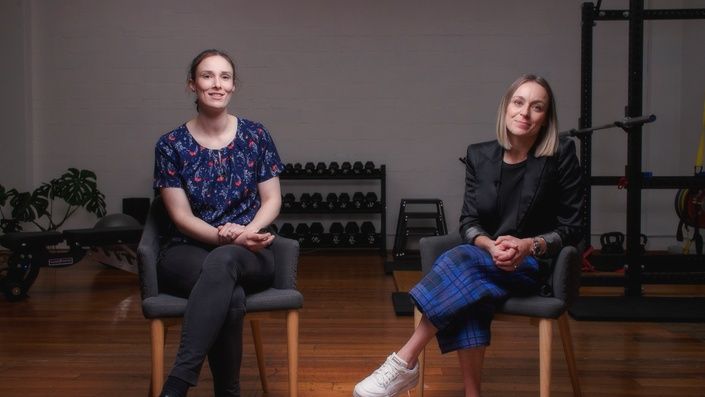Introduction
The Greater Trochanteric Pain Syndrome Masterclass, taught by Charlotte Ganderton andRachael McMillan, provides a complete overview of the assessment and management ofGreater Trochanteric pain. This position statement provides clinically relevant, actionableinformation that may be useful to health professionals.
Part 1 - Introduction & Subjective Assessment
Greater Trochanteric Pain Syndrome (GTPS) refers to pain around the region of the greater trochanter (GT). It affects more women than men in a 3:1 ratio. The anatomy of the area is all in close proximity and so they work in conjunction, especially the tendon and bursa structures. Exercise and education remain of the highest value when managing GTPS.
- The different loads tendons can experience are tensile, compressive and/or friction.
- The location of pain could be all the way down to the lateral foot/ankle due to trochanteric bursal innervation from L5-S2.
- The subjective interview questions include the location, onset, recent changes in load, aggs/eases, 24hr behaviour, activities, changes in overall health, and past/current management and risk factors.
Part 2 - Objective Assessment
The objective examination includes a resisted external de-rotation (FADER-R), FABER test, resisted hip abduction and palpation over the GT. Adding resistance to the external de-rotation test may further expose the patient’s pain. These tests are best used as a cluster, with palpation over the GT being the most sensitive, if the test is positive.
- Clinicians should be assessing whether the patient’s exact lateral hip pain is being produced whilst performing the special hip tests.
- Routine imaging is not necessary for assessment. However, it can be useful to rule out sinister pathology.
- If the patient is unable to manipulate their shoes/socks, consider intra-articular pathology such as osteoarthritis.
Masterclass Preview
Check out some exercise progressions focusing on hip extension
Part 3 - Education and Exercise
The research shows that the management of GTPS should consist of comprehensive education, exercise therapy, avoiding aggravating factors initially and then a gradual loading program. Clinicians should assist their patients with a goal and patient-centered approach. Key muscles to train include the hip extensors, deep hip rotators, quadriceps, trunk and/or the calf complex.
- Exercises that target the kinetic chain are important to include, as the calf complex produces around 60% of limb forward propulsion.
- Loading methods through the glutes include isometric, concentric and/or eccentric forces.
Part 4 - Adjunct Therapies
Adjunct therapies include corticosteroid injections (CSI), platelet-rich plasma (PRP) injections, polypill, orthotics and/or menopausal hormone therapy. These may be considered if the patient is not responding to education and exercise as the first line of management.
- PRP seems to work better compared to CSI but not better than placebo.
- Menopausal hormone therapy may be beneficial when BMI <25, in conjunction with education + appropriate loading program.



